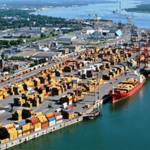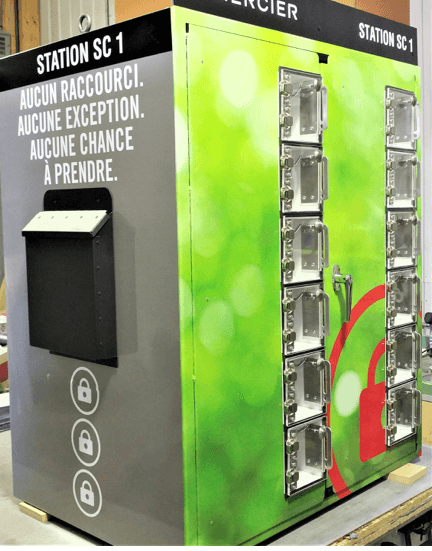
Enhanced Lockout Solutions Drive Safety and Efficiency at Montreal’s Termont Port
July 19, 2022
Creating Effective Safety Signs That Protect When It Matters Most
July 19, 2022
Enhanced Lockout Solutions Drive Safety and Efficiency at Montreal’s Termont Port
July 19, 2022
Creating Effective Safety Signs That Protect When It Matters Most
July 19, 2022
Safety signs are essential elements in workplace safety programs. They highlight hazards and encourage safe behaviors, but their effectiveness hinges on thoughtful implementation. Common issues like poor placement, unclear messaging, and lack of upkeep can compromise their purpose. By addressing these factors, workplaces can ensure safety signs remain effective tools for hazard prevention.
Strategic Placement: Ensuring Visibility and Impact
For a safety sign to be effective, it must be positioned thoughtfully. Signs that are poorly placed may fail to alert workers in time to avoid a hazard. Best practices for placement include:
- Positioning at a Safe Viewing Distance: Place signs where they can be easily read without putting workers at risk.
- Visibility from Approach Points: Ensure signs are visible from the angle at which workers typically approach.
- Allowing Adequate Reaction Time: Place signs at a distance that allows workers to take appropriate action.
- Maintaining Unobstructed Visibility: Use reflective materials or appropriate lighting to keep signs visible in low-light conditions.

Regular Maintenance: Keeping Safety Signs Functional
A sign’s value diminishes if it’s worn, damaged, or hidden from view. To maintain their effectiveness, regular upkeep is essential:
- Replace Damaged Signs: Routinely inspect signs and replace any that are faded or broken.
- Adjust Placement as Needed: Move signs if changes in the environment obscure them.
- Update for New Hazards: Ensure signs reflect any new hazards or changes in the workplace.
Through consistent maintenance, safety signs can continually support a safe working environment.
Clear Messaging: Ensuring Easy Understanding
The message on a safety sign should be straightforward to prevent misunderstandings. Complex or vague messaging can reduce a sign’s effectiveness. Key guidelines for clear communication include:
- Using Simple Language: Avoid technical jargon or ambiguous language.
- Universal Symbols: Include symbols that are easily recognized and understood.
- Direct Relevance: Ensure the message directly addresses the specific hazard.
Partnering with EZSecur for a Safer Workplace
Effective safety signage relies on strategic placement, clear messaging, and regular maintenance. By following these guidelines, safety signs can actively guide workers toward safe practices. For expert support and a comprehensive selection of industrial safety solutions, turn to EZSecur. Visit www.ezsecur.com to learn more.





